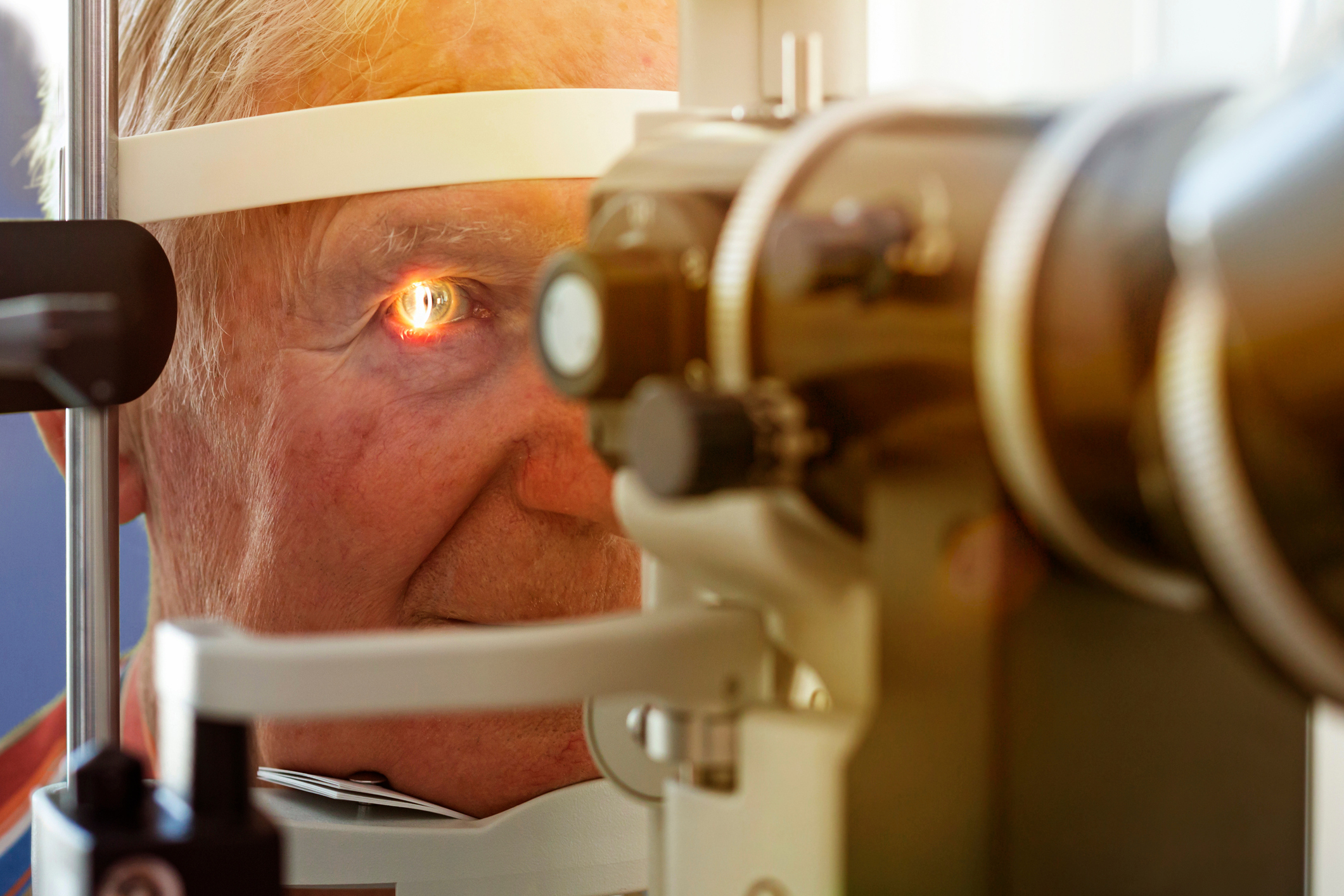Diseases
Ocular onchocerciasis

Definition
Also known as “river blindness”. Onchocerciasis, which can cause severe itching and impaired vision, is caused by a worm, a filaria: Onchocerca volvulus.
The disease is transmitted by a fly, the black fly, also known as the “simulium”, which lives mainly in Africa and Central America. This fly feeds on blood and can transmit the disease via bites.
Once the worm has entered the human body, it can remain there for more than ten years. Mature females produce larvae called microfilariae, which travel to the skin and eyes. And cause symptoms, some of them very serious.
Nearly 20 million people worldwide are thought to be infected with Onchocerca volvulus, one million of whom suffer from impaired or lost eyesight. With these figures, onchocerciasis is the second leading cause of infectious blindness on the planet.
Since multiple bites are required before the disease develops, it is mainly people working or living near rivers and streams, where simulids breed, who are affected by this disease.
Causes
The simulium plays a dual role in the spread of the disease: it is both intermediate host and vector. Firstly, they contaminate themselves by ingesting the microfilariae present in the blood of a sick person. The larvae then begin to mature directly in the fly. The next time the fly is bitten to feed, it transmits the larvae to another person. This person becomes the worm's final host, and may develop symptoms of onchocerciasis.
Once inside the body, the worms evolve into adult filariae, which reproduce in just over a year. The female worms then lay larvae, which migrate to the skin and eyes and aggregate. These microfilaria can, for example, develop on the cornea.
Intense inflammatory immune reactions may follow. Onchocerca volvulus can remain in the body for ten or even fifteen years.
Symptoms
Onchocerca volvulus infection is frequently asymptomatic. When it is not, it can provoke intense inflammatory reactions.
In the eye, onchocerciasis can lead to inflammation and lesions such as keratitis, which can worsen over time if the infection becomes chronic, or uveitis and neuritis, which can lead to progressive visual impairment and, in some cases, total loss of sight.
Symptoms are all the more severe as the microfilariae, which tend to migrate towards the surface of the cornea but also towards the iris - more precisely in the anterior chamber of the eye, i.e. the space between the cornea and the iris - are numerous, and the inflammatory response intense.
The other main symptoms of onchocerciasis affect the skin, and are manifested mainly by severe itching and skin lesions in the scratching area, again due to the inflammatory response associated with the presence of microfilariae.
Diagnosis
Diagnosis of onchocerciasis is based on the detection of microfilaria parasites. To do this, skin samples are required. These are examined under a microscope (skin biopsies).
A slit-lamp examination can also be performed to detect the presence of microfilaria between the cornea and the iris, in the anterior chamber of the eye, or only in the cornea.
Finally, detecting the presence of antibodies is of limited value, since it is difficult to distinguish a recent infection from an old one.
Treatment
Treatment of this parasitic disease is aimed at directly combating the worm responsible for onchocerciasis. It involves taking an antiparasitic: ivermectin.
Ivermectin, whose prescription is recommended by the WHO, does not cure the disease or get rid ofOnchocerca volvulus completely, but it does help to limit symptoms and relieve sufferers by reducing their presence in the skin and eyes. It does not kill adult females, but affects their fertility.
Ivermectin is taken orally. Note that ivermectin has potentially serious side effects, such as encephalitis, if the person also suffers from another parasitic disease in the same geographical areas as onchocerciasis (unfortunately, this double infection is not uncommon). It is therefore essential to check for this disease before starting ivermectin treatment.
It should be taken once a year, sometimes twice, until symptoms disappear. This is often around ten years, the lifespan of adult parasites.
Corticosteroids, to reduce and calm inflammation, or antibiotics, to fight the bacteria living in the parasites, can also be useful, alongside ivermectin.
In all cases, any of these treatments must be prescribed by a doctor, who will monitor their efficacy and the possible appearance of side effects.
Prevention
As far as prevention is concerned, it is advisable to install a mosquito net or wear covering clothing in the vicinity of wet areas where simuliums live, in order to protect yourself as much as possible against insect bites.
Reference
- https://www.who.int/fr/news-room/fact-sheets/detail/onchocerciasis#:~:text=Lonchocerciasis%20is%20a%20disease,and%20pr%C3%A9sent%20of%20l%C3%A9sions%20cutan%C3%A9es.
- https://www.vidal.fr/sante/voyage/maladies-voyage/onchocercose-cecite-rivieres.html
- https://www.avh.asso.fr/fr/sante-des-yeux/onchocercose/diagnostic
- https://www.avh.asso.fr/fr/sante-des-yeux/onchocercose
Content reviewed and checked on 16/01/2025
